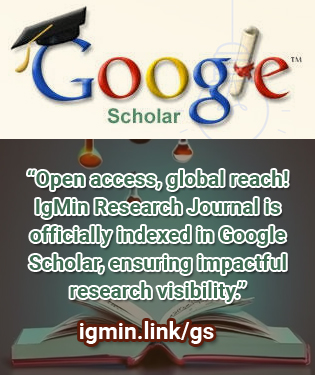Open Access Policy refers to a set of principles and guidelines aimed at providing unrestricted access to scholarly research and literature. It promotes the free availability and unrestricted use of research outputs, enabling researchers, students, and the general public to access, read, download, and distribute scholarly articles without financial or legal barriers. In this response, I will provide you with an overview of the history and latest resolutions related to Open Access Policy.
The article describes the characteristics of the resulting effector auxological morpho-functional status of primary school students, differentiated by gender and administrative-territorial characteristics.The objectives of the study included studying the auxological status of children adolescents, and primary school students in the Nizhny Novgorod region in the context of the peculiarities of the exoenvironment of residence in urban and rural areas.Materials and methods: Own data served as a source of anthropometry and physiometry indicators of... the objective population of the region. The analysis of anthropological indicators was carried out by discretizing data sets that state an objective picture of auxological indicators at the regional level, taking into account the peculiarities of anthropogenic loads characteristic of the place of residence of the observed population groups.To quantify the values and statistical differences in indicators by age, gender, and administrative characteristics, the median, standard deviation, and criteria were used: Fisher, Wilks, and Mahalanobis, with an error of differences at p < 0.05.Results: The stability of the age-sex evolution of auxological indicators is shown; the age-sex and territorial dimorphism of total body sizes is shown at 7-10 years of age, with residents of rural areas lagging in the observed indicators.Hemodynamic indicators in both boys and girls significantly prevail among students living in the metropolis relative to their rural counterparts, except diastolic blood pressure.Variance analytics shows differences in the distributions of anthropometry and hemodynamics, both by age and by the urbanization factor at p < 0.001.In the observed age period, at the initial stage, hemodynamic indicators act primarily as modifiers of the metropolis and rural groups. From the age of ten, according to the standardized coefficients of discriminant functions, according to the first canonical variable, the division of series also occurs according to anthropometric characteristics, among which the greatest contribution to the division of groups is made by body weight and body length, and the hemodynamic characteristic - diastolic blood pressure - has also proven to be decisive.Conclusion: Primary school students living in rural areas and in the metropolis of the Nizhny Novgorod region determine the observed indicators ambiguously; if residents of the metropolis state greater results for all observed auxological indicators, then rural peers demonstrate, while lagging in all observed indicators, greater indicators of diastolic blood pressure, which suggests a strain on adaptation mechanisms central character.









